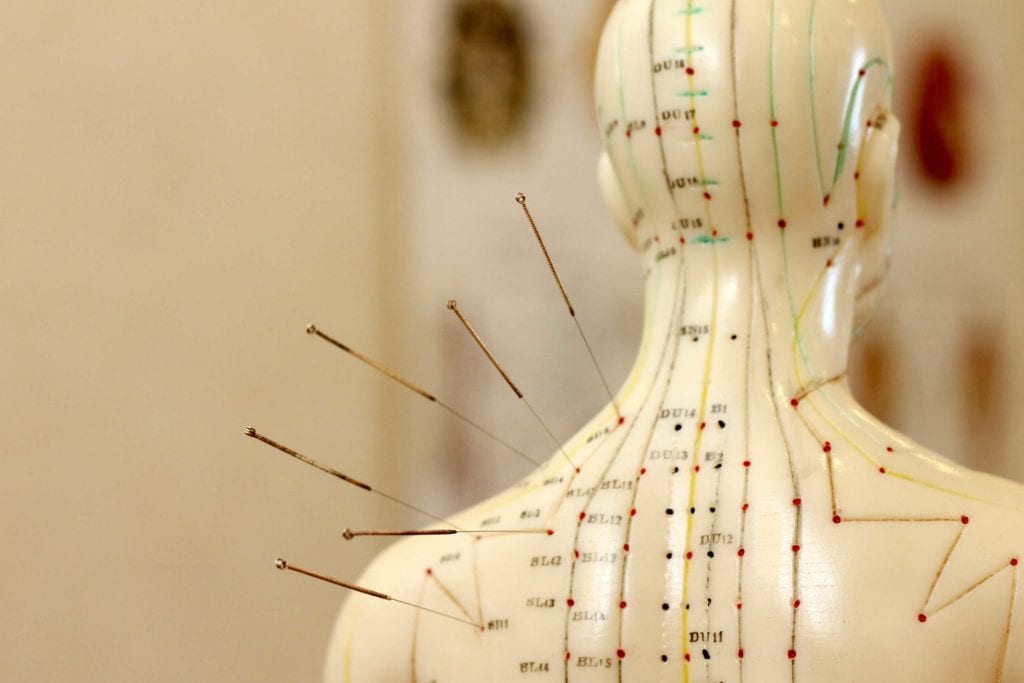Accupuncture

Acupuncture is a form of alternative medicine that originated in ancient China and has been practiced for thousands of years. It involves the insertion of thin needles into specific points on the body to stimulate various physiological responses. The underlying theory of acupuncture is based on the concept of energy flow or "qi" (pronounced "chee") through meridians, which are pathways in the body.
Here's how acupuncture typically works:
- Diagnosis: Before the treatment, an acupuncturist will assess the patient's health and ask about their medical history, symptoms, and lifestyle to determine the appropriate treatment plan.
- Needling: During the treatment, the acupuncturist will insert very thin, sterile needles into specific points on the body. The points are chosen based on the patient's condition and the underlying imbalances in their energy flow.
- Stimulation: The needles may be manipulated manually or with electrical stimulation to enhance the effect of the treatment.
- Duration: The needles are left in place for a period of time, usually around 15 to 30 minutes.
The goal of acupuncture is to restore the balance of energy flow in the body and promote healing. Traditional Chinese Medicine (TCM) practitioners believe that when the flow of qi is disrupted or blocked, it can lead to various health problems and diseases. By stimulating the acupuncture points, the energy flow can be regulated and the body's natural healing processes can be activated.
Acupuncture is commonly used to treat a wide range of conditions, including pain (such as back pain, migraines, and arthritis), stress, anxiety, nausea, and many others. It is often used as a complementary therapy alongside conventional medical treatments. However, it's essential to consult a trained and licensed acupuncturist for proper diagnosis and treatment, as the effectiveness of acupuncture can vary depending on the individual and the condition being treated.